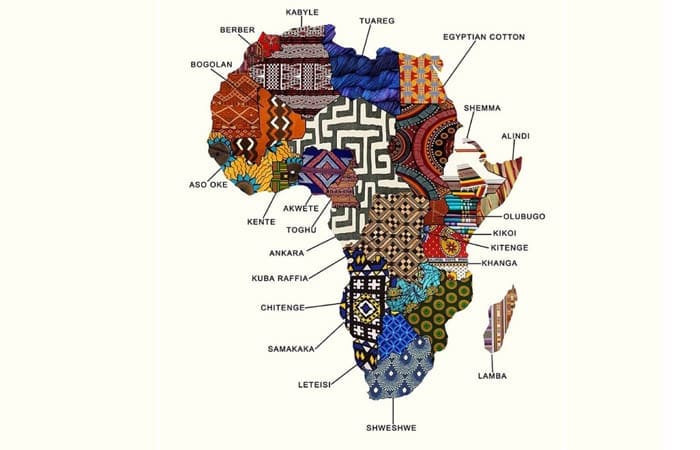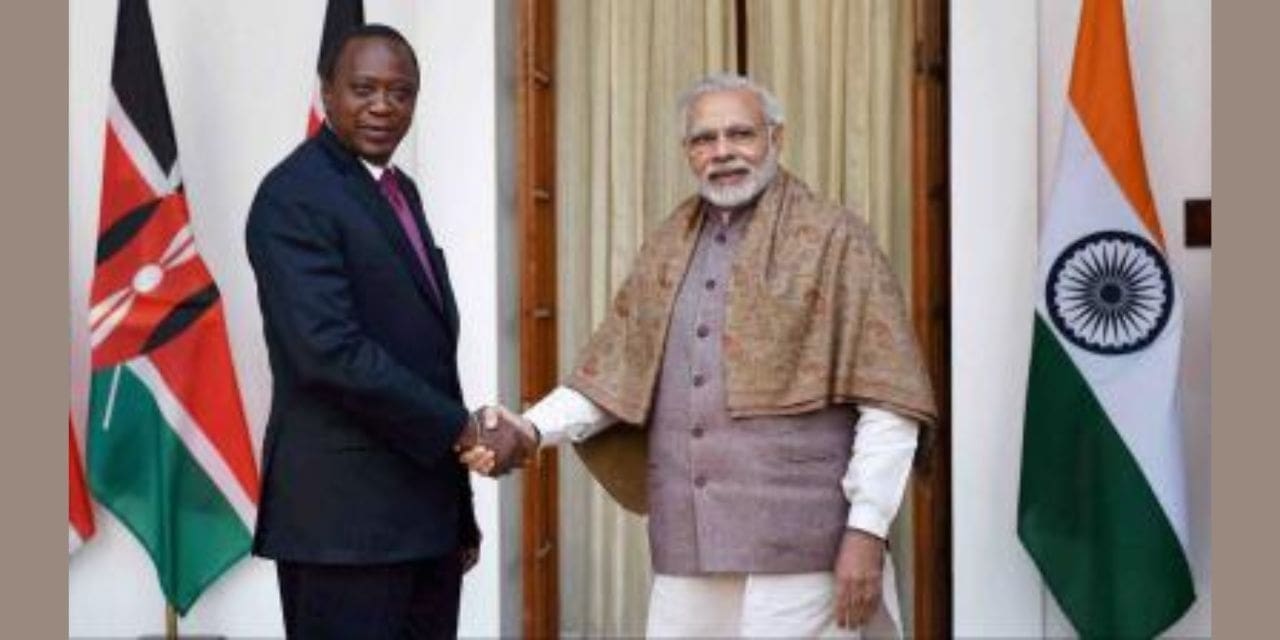By Mr. Avinash Mayekar, Suvin Expo LLP
Change the mindset…Devise strategy & Plan roadmap!!!
During my recent visit to Kenya for the ITME Africa & ME 2023 technology & engineering show, I gained a lot of insights about Kenya as the developing textile hub. Through key interactions with the government, local bodies and industry patrons of Kenya, I came to know the industrial scenario of Kenya. I was able to manifest a synergy between Kenya’s needs and India’s offerings. Which I feel must be developed into a strategic relationship.
I would like to narrate that Kenya has very good potential, resources, a ready domestic market eager for import substitutes, cotton cultivation & a proactive & learning manpower. To succeed, they need to just explore the new products coming into their market for technical specifications, and most of these products they can easily manufacture in-house with technology advancement from India and technologies yet not manufactured by India can be easily outsourced.
- Resources of Kenya:
Kenya has naturally available cotton soil, making it a desirable location for cotton harvest. It has good resource availability for cotton fibre.
- Strengths of Kenya:
- Population: Kenya has an 82% literacy rate – The highest in Africa and 70% of its population is under 35 years and is English-speaking. This provides them with a good manpower resource which can be easily trained for acquiring textile skills and utility management for running the units.
- Natural fibre Availability: It has rich cotton-growing soil and also ready availability of power and adequate water.
- Free Market Entry: Access to International market – AGOA
- Favourable for FDI: Kenya is the 3rd largest economy in sub-Saharan Africa, with a GDP of US$ 113.4 Billion and a 5% average annual growth rate
- Well-networked connectivity: It is 2nd in Africa in the Logistics Performance Index, having access to regional transport corridors. There are 4 international airports: JKIA is the busiest airport in East Africa. It has 2 seaports and 2 ICDs. Kenya is also labelled as a Green data centre. Its capital city, Nairobi, is a leading tech innovation hub in Sub-Saharan Africa. 3rd most established startup ecosystem in Africa. The MPesa has enabled Global Money transfer, which has 50 Million customers in 7 countries.
- Existing Textile Industry of Kenya:
As far as the existing textile industry of Kenya is concerned, there are 65 Textile and Apparel Manufacturers. 7 textile mills, out of which 3 mills are running on cotton. 29 units are operating under the Export Processing Zones (EPZ). There are 4 ginneries in operation. Although the numbers are not that huge, Kenya has been the leading Apparel exporter in sub-Saharan Africa, to the USA under AGOA provisions. This indicates that there is a huge scope for backward integration as the culture of textiles, as well as the market reach, is readily available in Kenya.
- What can India supply?
- Textile Machinery & Accessories: All that is needed is technological advancement. Here, I feel seeing Kenya can build strategic relations with India for technology and skill set development. The existing Indian textile technology and engineering manufacturers can supply the needed machines to Kenya. India can supply the complete setup for ginning, spinning, and weaving looms for textiles as well as technical textiles, Processing & printing machinery. It can also be the right partner for knitted garments and woven garment machines.
- Also, financial aid can be taken from the Exim Bank of India which assists in funding for capital good sourcing and has various schemes for overseas projects that export Indian goods. Their “Ubharte Sitaare Programme” not only provides finance but also extends extensive handholding support with technical assistance.
- Cotton: India can also be the right partner for ensuring the quality yield of cotton. A research association from India can assist in testing and harvesting by supplying the right quality of seed and training. Till the harvest is at full peak in Kenya, the balance of Cotton can be made available from India along with comber noil & fine variety.

-
Opportunities for Kenya:
- Woven Technical Textiles: like Canvas Fabric / Tarpaulins and canopies for transportation and buildings
- Tents for camping
- Camouflage fabrics for their military and army
- Agrotextiles for quality cotton harvest and other farming requirement
- Nonwovens for Hospitals & Healthcare like Bleach cotton & disposable products
- Geotextiles, geo bags, acoustic panels, insulation felt etc.
- Rugs, Mattress, nonwoven blankets
- Weaving & Digital Printing – For beautiful African prints at economical cost and scale of operation
- Industrial textiles for a rising manufacturing base
- Supplying recycled fibres to globe from recycled textiles
-
Conclusion:
For success, it is necessary to have a strategy. And strategy should be very specific with proper research and actual analysis of the country. We, Suvin, as a management consultant can map the strategy that will be specific for Kenya. We can help formulate the short-term goals, long-term goals, mission and vision for Kenya’s textile industry. With our experience, we can suggest profiles with investment ratios and profitability indexes for various textile opportunities in Kenya. The probable investor would have to select the right product mix from the profiles created. We can also assist in collaboration and joint ventures with the right partners in India and overseas.
-
Way forward
- Kenya can strategically partner with India to gain experience not only for developing strong dominance in the spinning segment but also encash on the appropriate machinery manufactured by the Indian players.
- Kenya is predominately focusing on their rich culture and colourful apparel. As is seen from the data most of the Kenyan textile mills are closing due to old technology and higher operating costs. India can supply the latest textile engineering technology and take care of skill development in Kenya to revive the Kenyan textile Industry.
- Kenya can take advantage of cotton research from India to increase the yield and quality of cotton.
- Kenya can look at India as their partner for raw materials for manmade fibre for technical textiles to be produced as an import substitute.
- Suvin, as a management consultant, can handhold Kenya to devise a strategy.

